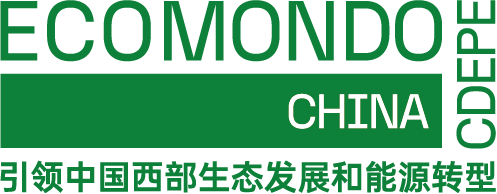Coconut Shell Activated Carbon
- Jingzhiyuan
Coconut shell activated carbon is a top - tier adsorbent, meticulously crafted from high - quality coconut shells. These raw materials endow it with a unique microstructure and outstanding properties.
1. Microstructure and Porosity
- Coconut shell activated carbon features an extremely developed porous structure. The pores are diverse in size, including micropores, mesopores, and macropores. Micropores, with their ultra - small diameters, offer an enormous specific surface area, often reaching up to 1000 - 1500 m²/g. This vast surface area provides countless adsorption sites, enabling it to efficiently capture various substances at the molecular level.
- Mesopores and macropores play crucial roles in facilitating the diffusion of target molecules towards the micropores. They act as channels, ensuring a smooth and rapid adsorption process.
2. Adsorption Performance
- High Adsorption Capacity: It exhibits remarkable adsorption capabilities for a wide range of substances. In water treatment, it can effectively remove organic pollutants such as pesticides, herbicides, and industrial wastewater contaminants. For example, it can adsorb harmful heavy metal ions like lead, mercury, and cadmium, reducing their concentration in water to meet strict quality standards.
- Fast Adsorption Rate: Thanks to its well - designed pore structure, coconut shell activated carbon can quickly reach adsorption equilibrium. This means that in practical applications, whether in industrial production or environmental purification, it can start working immediately and achieve significant purification effects in a short time.
3. Chemical Stability and Durability
- Chemically, it is highly stable. It can withstand various chemical environments, including acidic and alkaline solutions within a certain pH range. This stability ensures its long - term effectiveness in different application scenarios.
- With proper handling and operation, coconut shell activated carbon has good durability. It can maintain its adsorption performance over an extended period, reducing the frequency of replacement and thus saving costs in the long run.
4. Applications
- Water Purification: Widely used in domestic water filters, industrial water treatment plants, and sewage treatment facilities. It helps to remove impurities, odors, and harmful substances, making water cleaner and safer for consumption and industrial use.
- Air Purification: Applied in air purifiers, indoor air - conditioning systems, and industrial exhaust gas treatment. It can adsorb volatile organic compounds (VOCs), formaldehyde, benzene, and other harmful gases, improving indoor and outdoor air quality.
- Food and Beverage Industry: Utilized in the purification of raw materials and products. For instance, it can remove off - flavors and impurities in the production of fruit juices, wines, and edible oils, enhancing the quality and taste of these products.









